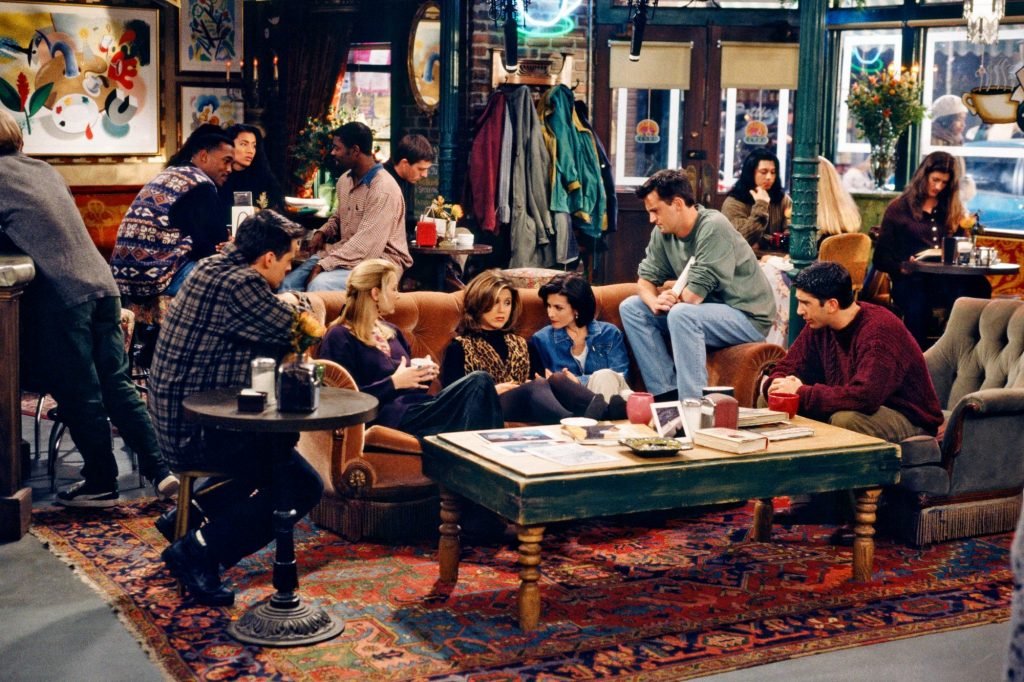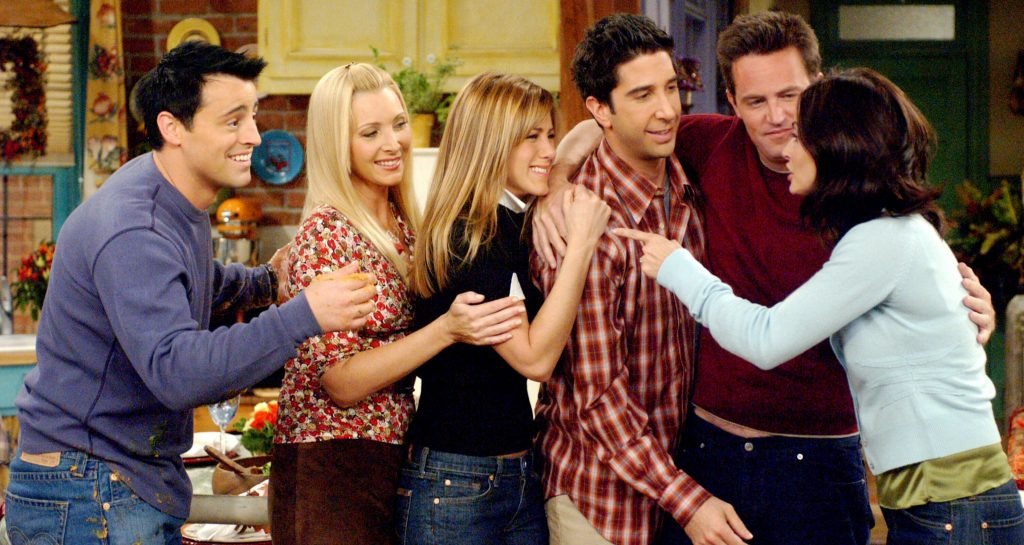Is it safe to have a “quaranteam” during quarantine period

More than a year has passed since the start of community quarantine, and everyone has been itching to go out, meet their friends at their fave coffee shops, or basically live their normal lives. With all these limitations imposed involving our social and physical interactions, it is understandable if some of us started to feel lonely — or suffering from depression at worst.
Before the birth of this coronavirus pandemic (COVID-19) that forced the world into social distancing, there is a silent pandemic that has been affecting some of our fellows — loneliness. In fact, based on a meta-review of 70 studies, loneliness increases your risk of premature mortality by 26 percent, and apparently, it is as bad for your longevity as smoking.

Humans are social creatures and living in isolation will never be easy. In fact, this can be very harmful to some who are dealing with mental health and emotional health issues. Scarily, this may lead to anxiety episodes, depression, and suicidal ideation. With all these risky possibilities, some of us are asking if is it safe to see a closed circle of friends during this quarantine period?
In an article published on VOX, they asked epidemiologists if creating a “closed circle” of friends a safe and acceptable strategy for those people who are struggling with isolation.
Krutika Kuppalli, infectious diseases physician, Johns Hopkins University Center for Health Security
This is a human behavior. You have to gauge how comfortable you feel with that, because there’s going to be a risk. You might trust your friend, but how much do you know the friend they’re seeing? Can you trust them? You’re putting your life in their hands at that point.
And the problem is, the data shows that there can be presymptomatic or asymptomatic transmission. I don’t want to be exposed to someone who may not be having symptoms but can get me sick.
I understand it’s hard to comply with these measures, but at the same, we’re talking about life and death here. I’ve seen what happens when people don’t adhere. I’ve seen people die.
So I would say it’s not okay. When someone says, “Stay at home,” I’m like, yeah, just do it. Myself and my colleagues are busting our butts on the front lines to take care of patients right now. And all I’m asking you to do is stay at home and not go out. I don’t think that’s too much to ask.
Carolyn Cannuscio, social epidemiologist, University of Pennsylvania
Entering into these relationships is complicated and it’s opening up the potential for risk of transmission. So I’m not going to make a blanket statement that this is a safe thing to do. I would prefer that people not socialize outside their household.
I feel like people are looking for the magic loophole that will allow them to live as normal a life as possible. It’s very difficult to grant that absolution because any social interaction outside your household unit, even if it’s as simple as going to the grocery store once a week, does involve a non-zero risk.
Saskia Popescu, senior infection prevention epidemiologist, Honor Health hospital system in Arizona
If you interact with vulnerable people — elderly, immunocompromised — I would discourage you from doing this. Just stick to FaceTime and Skype.
That being said, at its crux, social distancing doesn’t mean you need to stay home by yourself in a dark room. Really it’s about keeping to small, small groups of people. So if you have dinner with a friend, that makes sense as long as it’s just you and them.
Harm reduction is a really big piece of this. All the infection control measures [like staying at least six feet apart] are really important during these interactions. They should wipe down their surfaces before you come over and also clean after you leave. Try to be somewhere open [in the outside air, like a backyard]. Don’t share eating utensils. Don’t touch your face. Wash your hands. And if you start to get sick within a couple weeks of seeing them, you need to notify them. That transparency is really big.

The bottom line: While total self-isolation can be harmful, we also need to weigh things on what’s the best thing to do this quarantine. As much as possible, stay home and be safe. With all the technological innovations nowadays, there are lots of ways to communicate with people instead of in-person interaction. The sooner we end this pandemic, the sooner we can get back to normal life.










